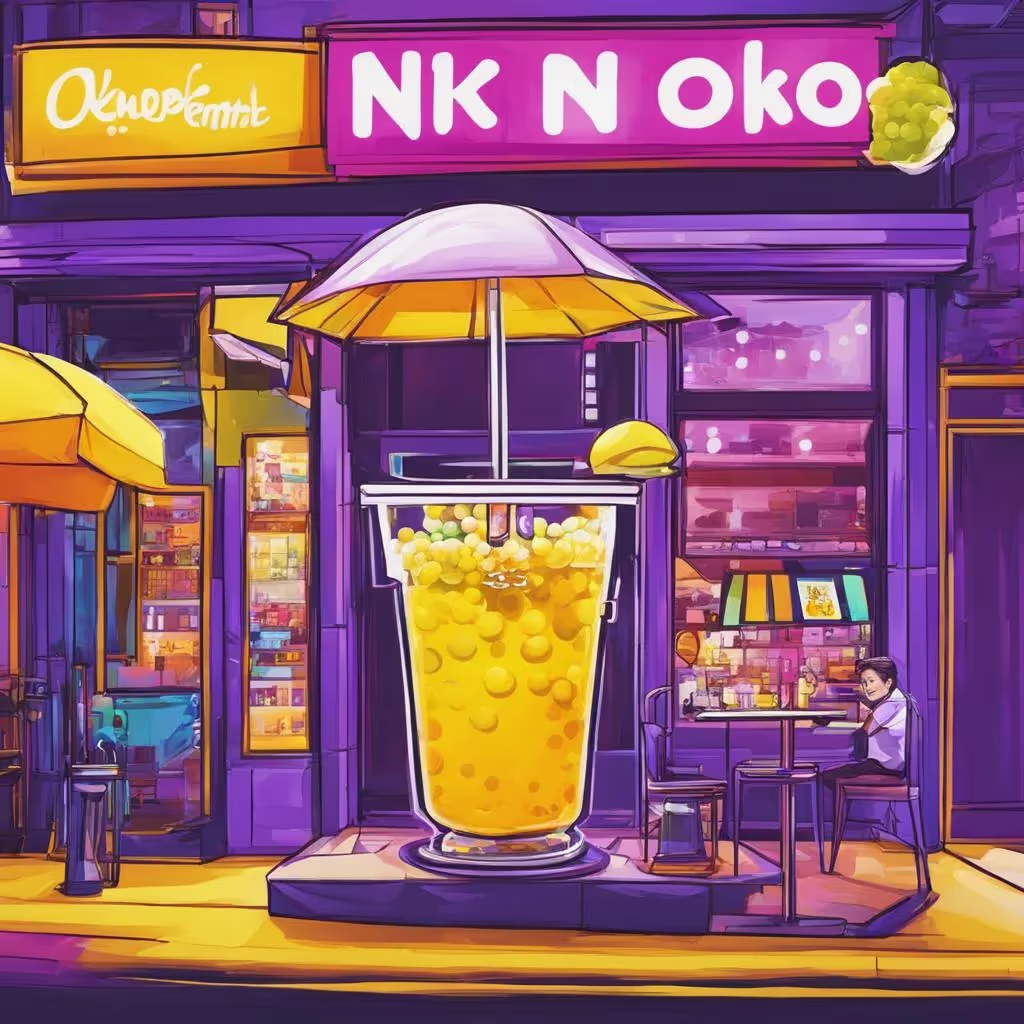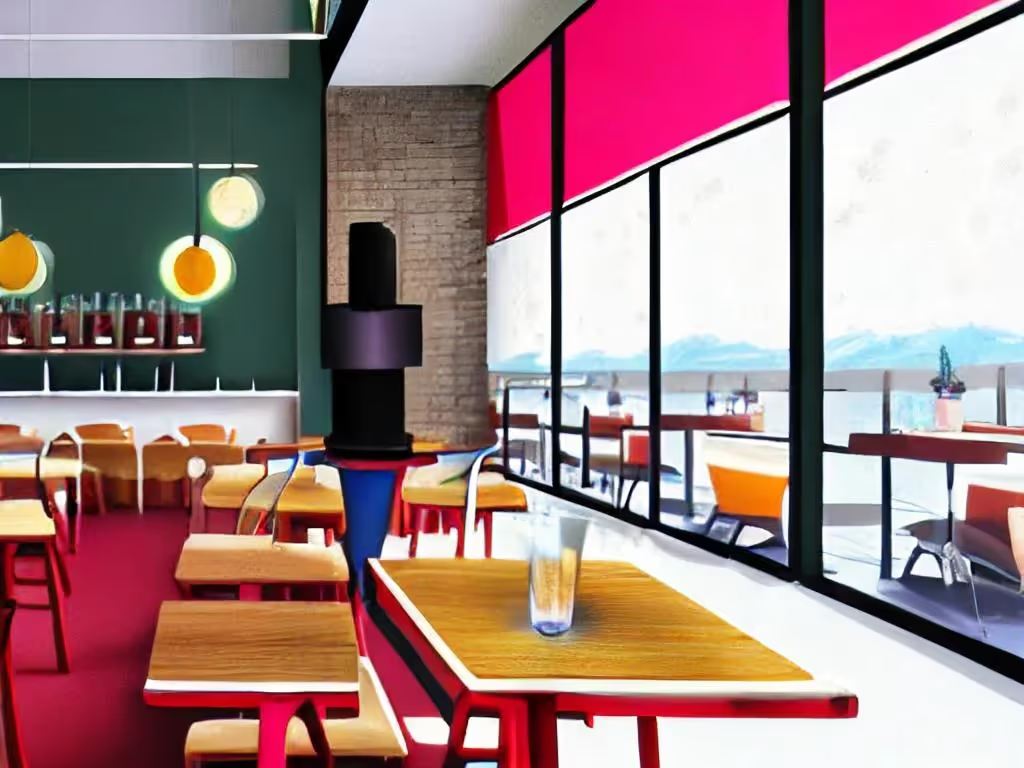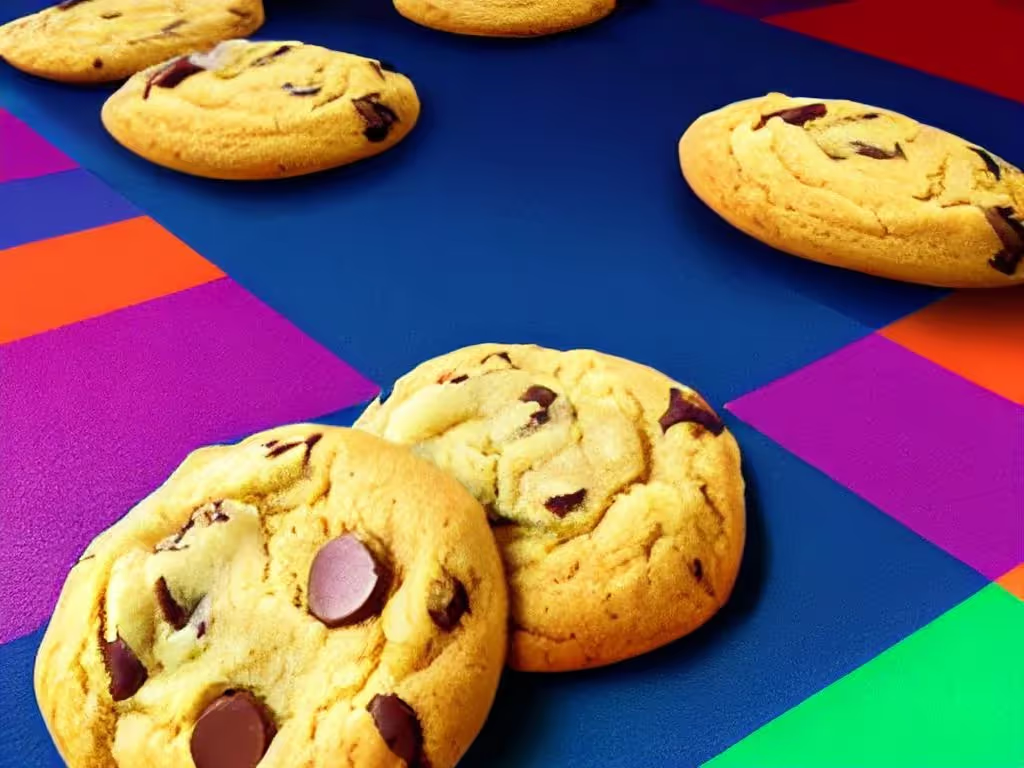TLDR
You've heard the term "network effects" before, but may not know exactly what it means. In the simplest terms, network effects describe how a product or service becomes more valuable as more people use it.
Think about social media platforms like Facebook and Instagram. The more people who use them, the more valuable they become to each individual user. This is because the networks become more diverse and offer a broader range of content.
The same principle applies to restaurants. The more people who visit your restaurant, the more valuable it becomes to each individual customer. And the more people who visit your restaurant, the more likely it is that they'll tell their friends and family about it.
What Is Andrew Chen’s the Cold Start Problem?
Andrew Chen, in his book, "The Cold Start Problem" outlines how startups can crack the code to network effects. The crux of the problem is that new users, or "cold starters", are much less likely to stick around and become active users than those who are referred by an existing user. As a result, it's much harder for a startup to get off the ground and achieve explosive user growth.
This is a problem that Uber faced early on in their history. They managed to overcome it through a number of strategic initiatives, including aggressive user acquisition tactics and building a strong product. Today, Uber is a household name and one of the most successful startups of all time.
What's the Link Between Network Effects & the Meerkat’s Law?
The meerkat is a small mammal that lives in the Kalahari Desert in Africa. It's best known for being part of one of the longest running observational studies of animal behavior ever conducted.
What does this have to do with network effects? Well, back in 2009, a team of researchers from England decided to study how meerkats use social networks to find food. What they found was something called "Meerkat's Law."
Meerkat's Law states that the size of a meerkat social network is directly proportional to the amount of food available. In other words, the more meerkats there are in a group, the better each individual meerkat will fare when it comes to finding food.
Overcoming the Cold Start Problem
The Cold Start Problem is a chicken-and-egg problem that most tech startups face, and it's the challenge of getting your product off the ground without any users. It's the challenge of getting your product in front of people who don't know about it yet.
And it's a big challenge. Because without users, your product doesn't have any value. And without any value, users are less likely to come on board. It's a Catch-22 that can be really tough to break out of.
But there is a way to break out of it. You need to create "magic moments." Magic moments are those instances when your product does something so magical and amazing that people can't help but tell their friends about it. It's that "aha!" moment when people see the value in your product and are compelled to tell others.
And once you have those magic moments, the Network Effect takes over. The more people use your product, the more valuable it becomes. And the more valuable it becomes, the more people want to use it. It's a virtuous circle that can help you grow your business exponentially.
Leveraging Tipping Points to Accelerate Growth
Chen's book looks at the five stages of the Cold Start Problem: Cold Start, Tipping Point, Escape Velocity, Hitting the Ceiling, and Moat. And while each stage presents its own challenges, there are also opportunities to be seized.
For example, in the Tipping Point stage, when early adopters start using a product or service and word-of-mouth begins to spread, it's important to focus on marketing and PR efforts to ensure that growth is accelerated.
In the Escape Velocity stage, when a product or service has reached critical mass and is being used by a large number of people, it's important to focus on retention and scaling efforts. This is when a product or service really starts to take off and grow exponentially.
And in the Hitting the Ceiling stage, when a product or service has reached saturation point and growth starts to level off, it's important to focus on diversification efforts in order to continue to grow. This is when a brand needs to start thinking about new products and services that can be added to its portfolio.
Creating Network Effects In Hospitality
The first step is to create a space that is conducive to socializing. This means making sure that your seating is comfortable and that your restaurant is quiet enough for people to have a conversation.
The second step is to create a reason for people to come back. This could be anything from great service to offering unique menu items that keep people coming back for more.
Finally, you need to make sure that you're constantly marketing your restaurant and getting the word out there. The best way to do this is by creating content that showcases your restaurant in a positive light and by using social media to reach a wider audience.
Conclusion
All of this goes to show that, if you're a restaurant, you should be focused on building network effects from the get-go. That means getting people in the door and onto your waitlist, and then turning them into regulars. It means cultivating a sense of community and becoming known for your unique offerings. And it means being constantly on the lookout for new opportunities to increase your reach and engage with your fans.
If you can do all that, you'll be well on your way to enjoying the kind of growth that Meerkat's Law predicts.
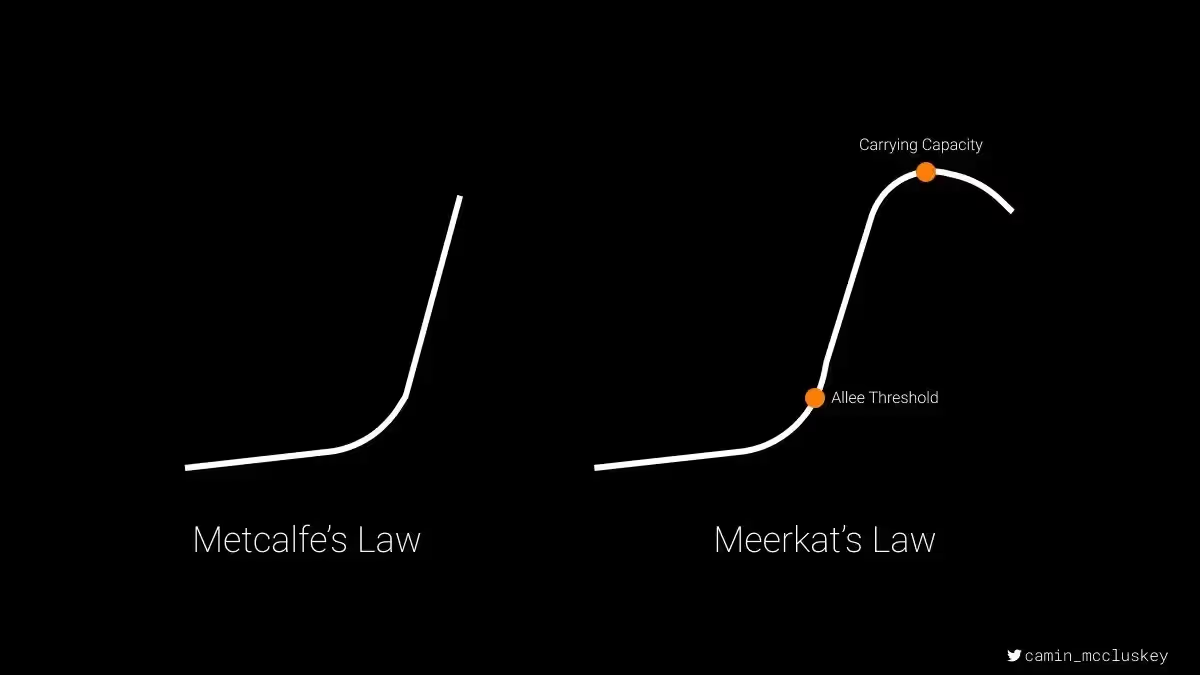




.webp)
.avif)
.webp)

.png)
.webp)
.webp)
.webp)

.webp)








.svg)





.svg)
.svg)
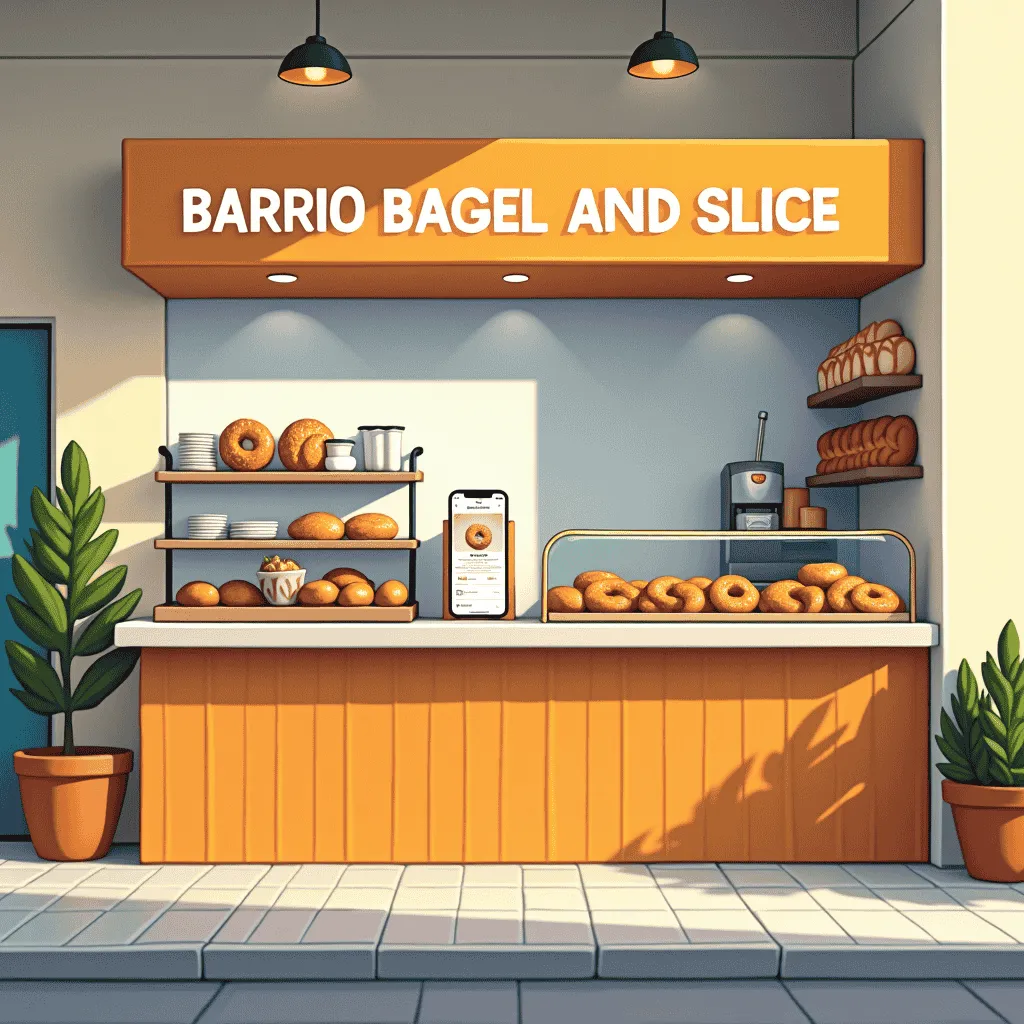


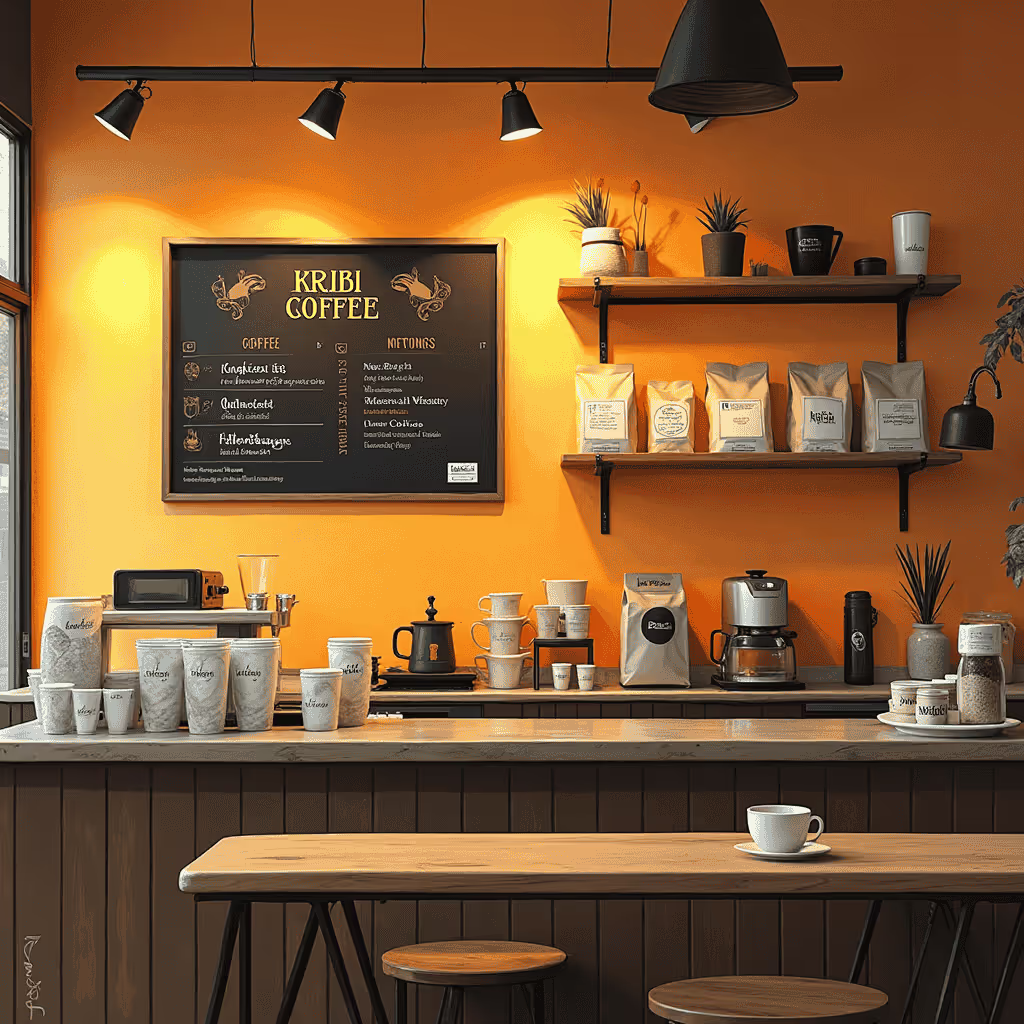
.avif)



.avif)
.avif)

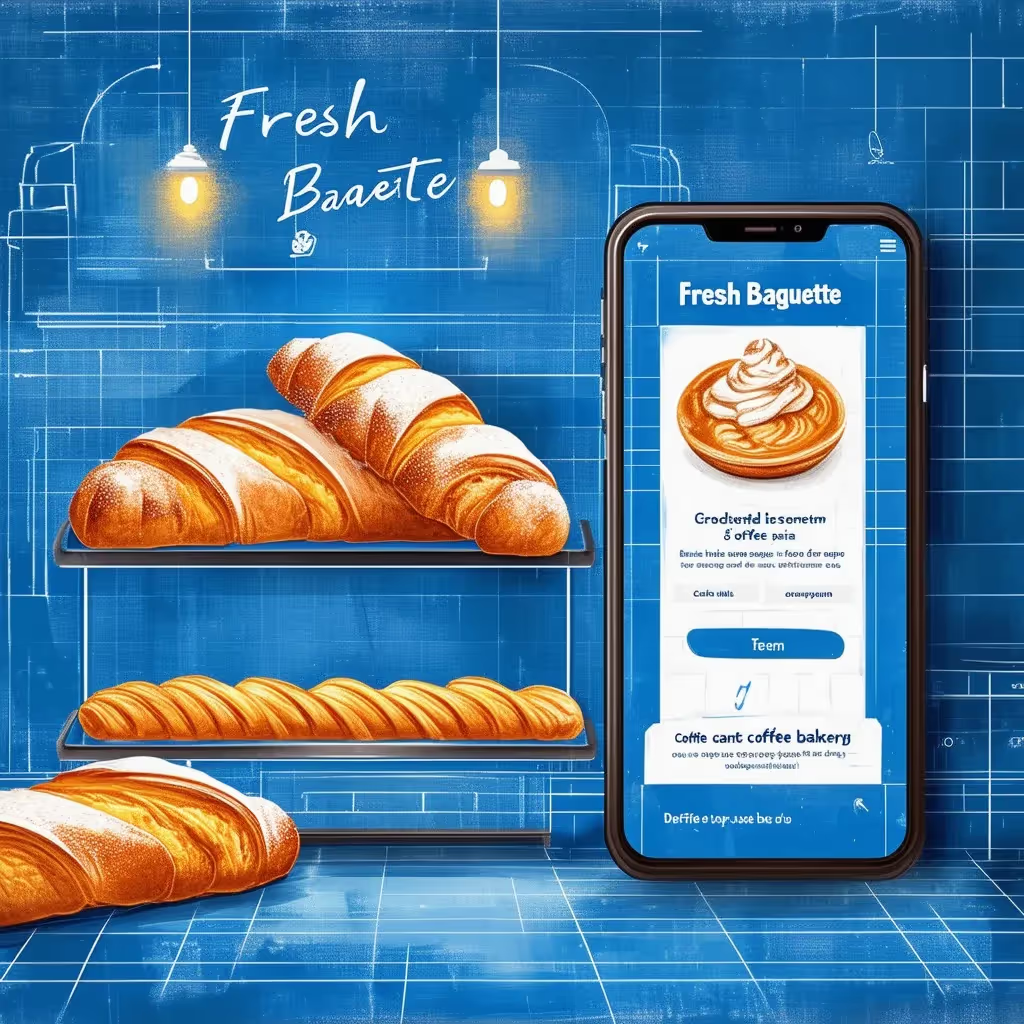
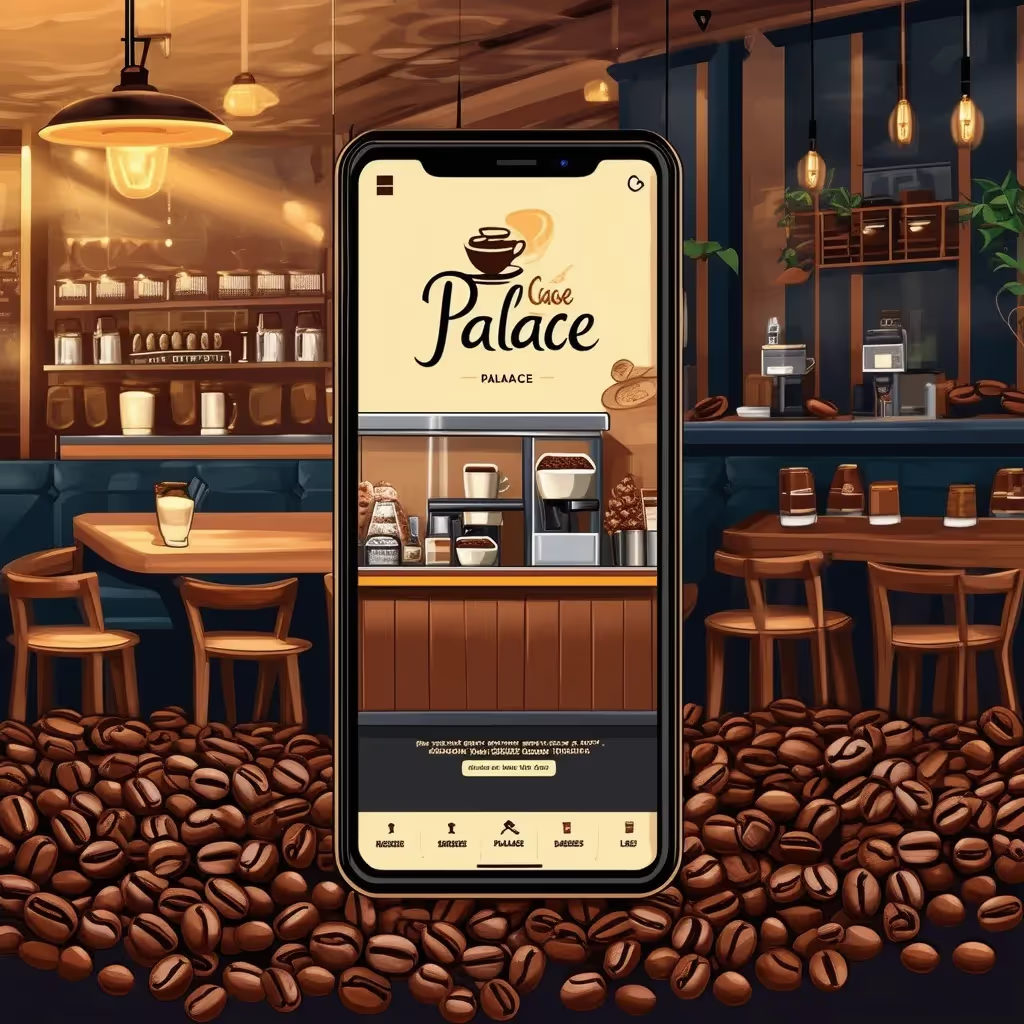

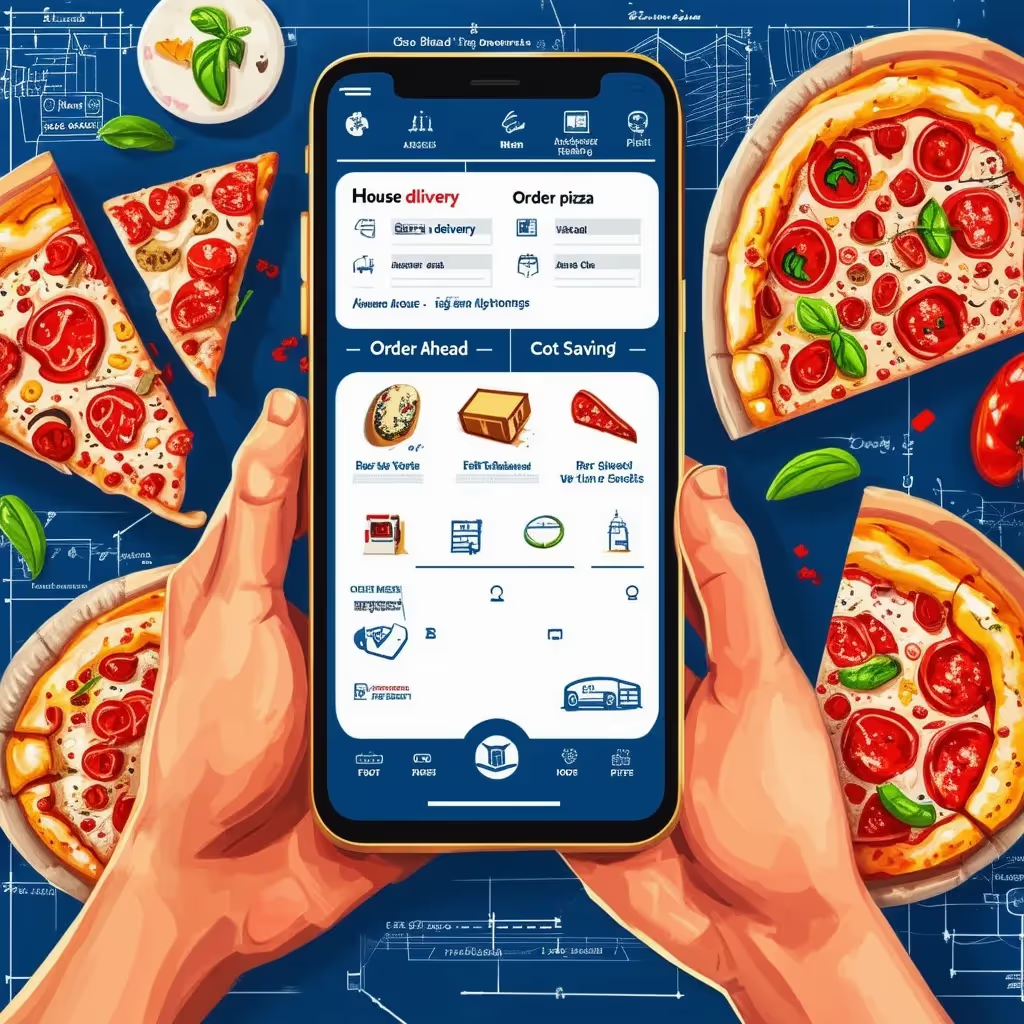




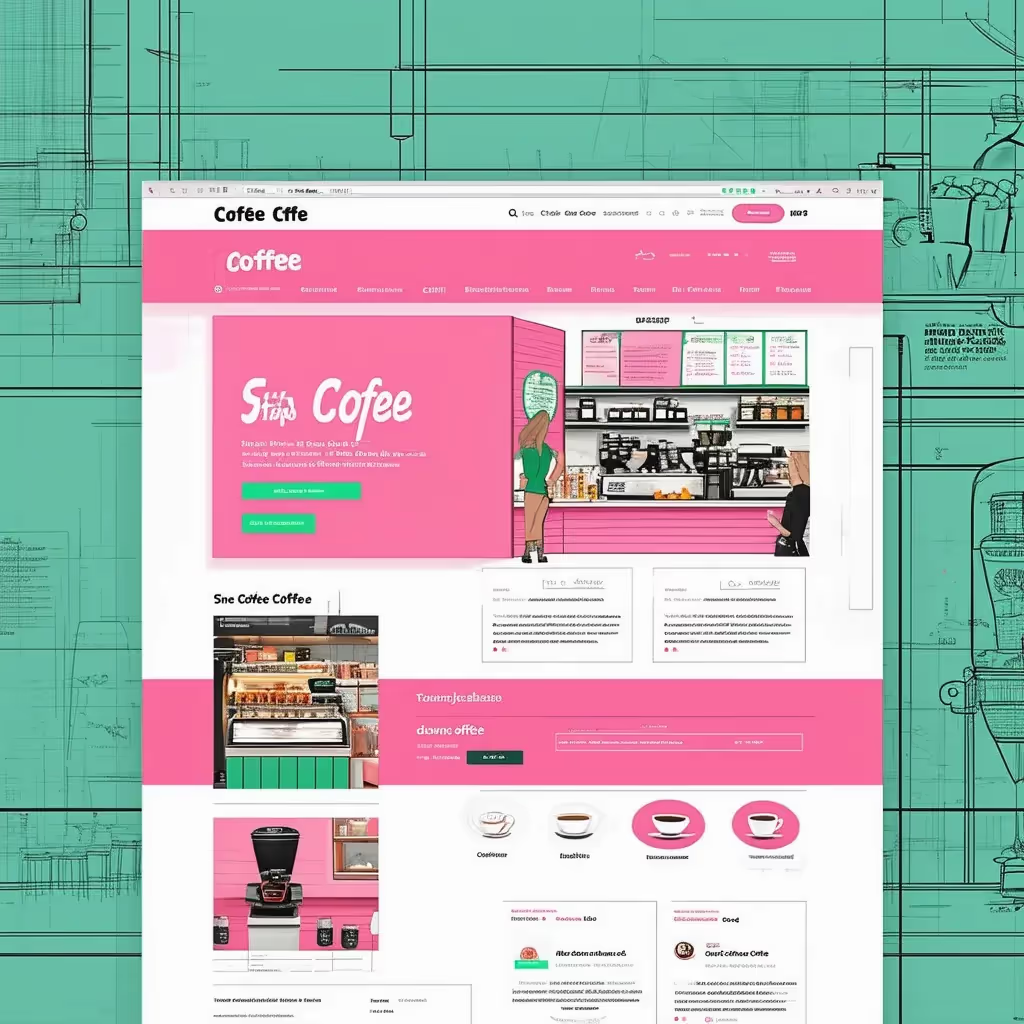
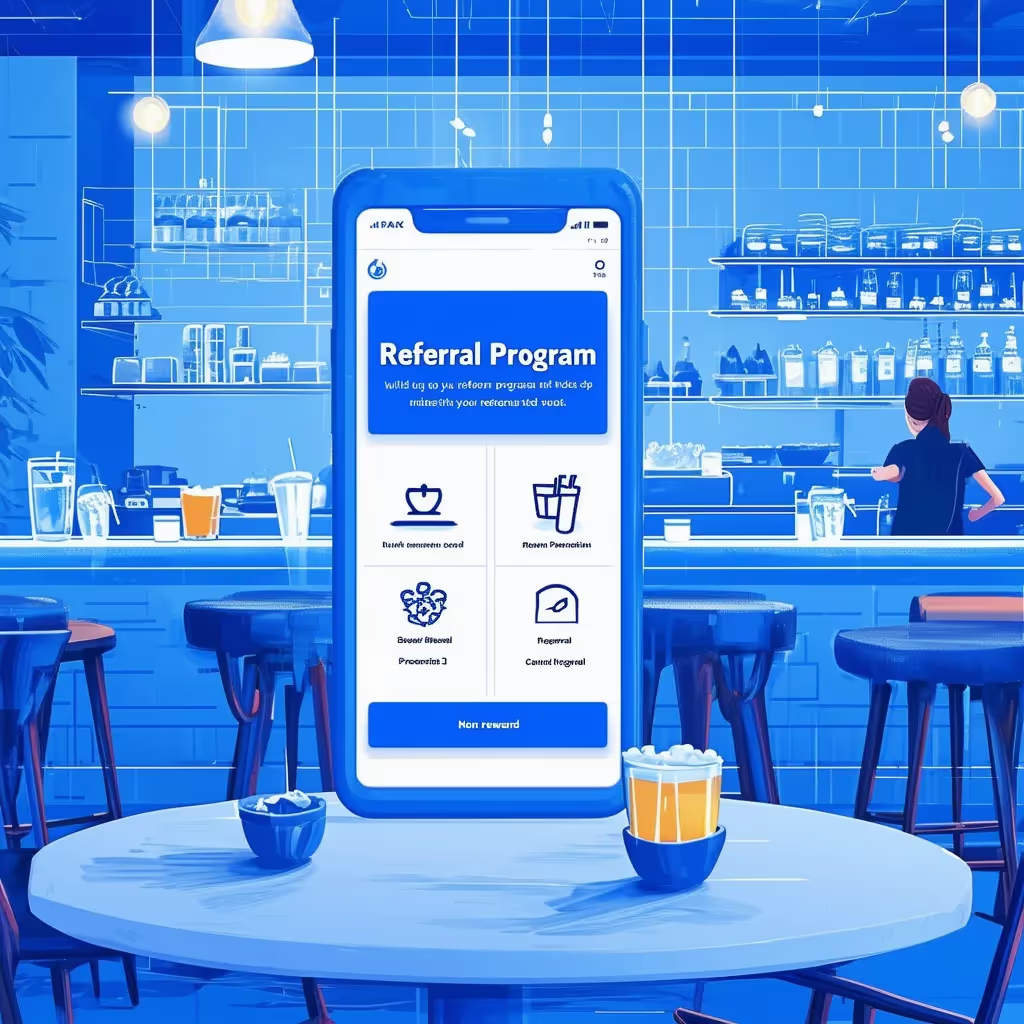





.avif)





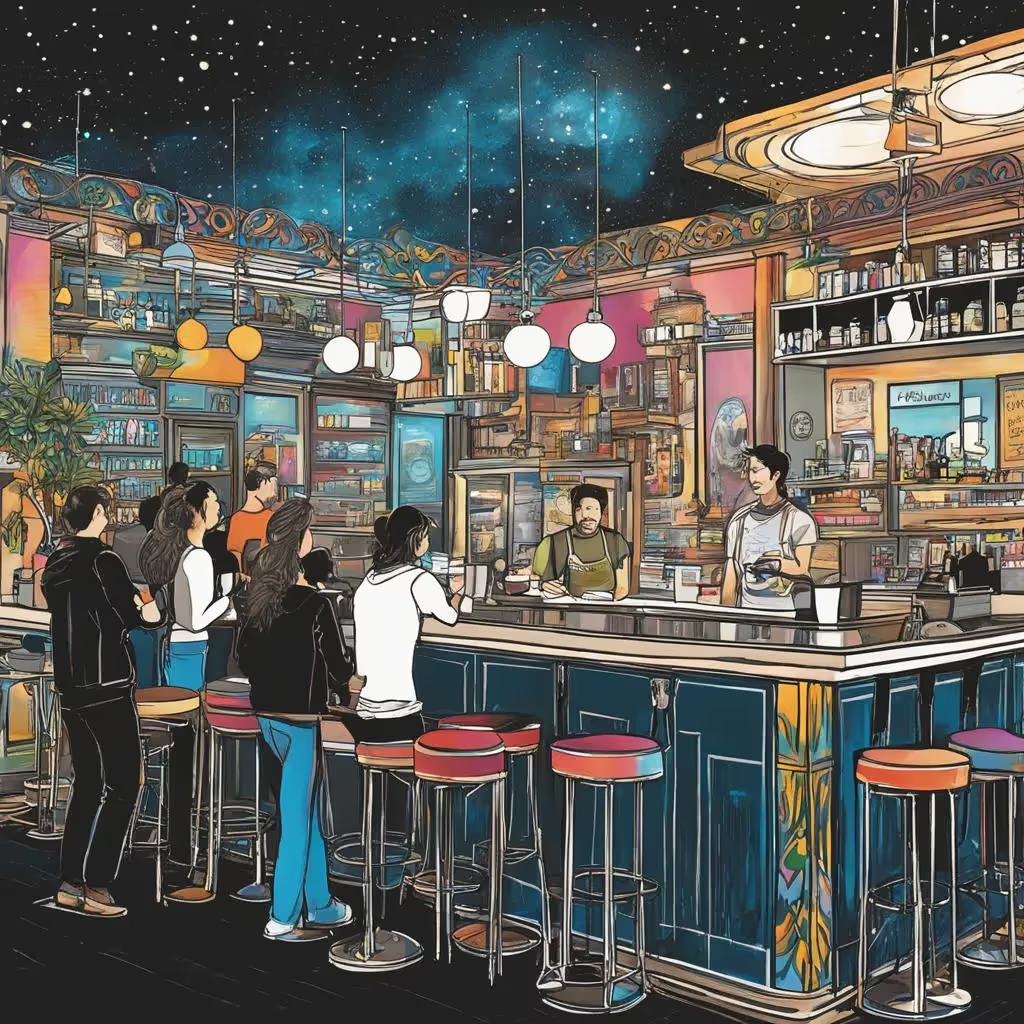


.avif)
